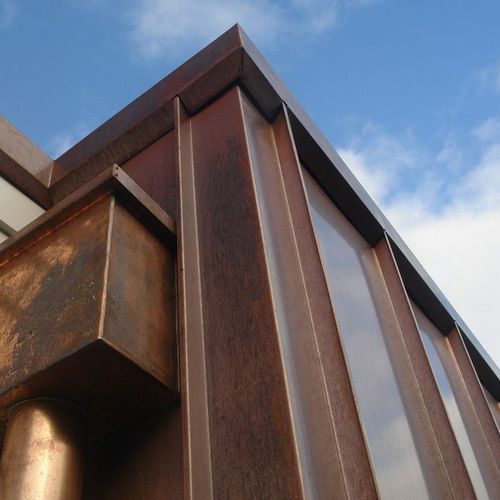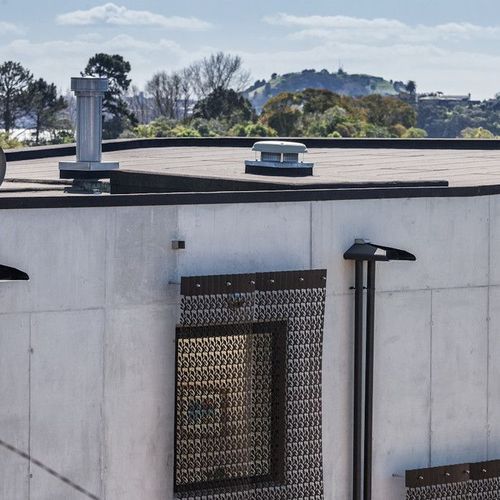Rainwater Heads
- Rainwater heads are a must if a building has internal box gutters. They play a crucial role in directing water flow in the downpipes. Therefore, they act as an external overflow point, controlling water flow to decrease low or high-level water surges. Head to ArchiPro to ensure there is no internal overflow of water inside, keeping it safe from corrosion and leakage.Why ArchiPro?
No more endless searching -
Everything you need, all in one place.Real projects, real experts -
Work with vetted architects, designers, and suppliers.Designed for New Zealand -
Projects, products, and professionals that meet local standards.From inspiration to reality -
Find your style and connect with the experts behind it.Start your Project
Start you project with a free account to unlock features designed to help you simplify your building project.
Learn MoreBecome a Pro
Showcase your business on ArchiPro and join industry leading brands showcasing their products and expertise.
Learn More


